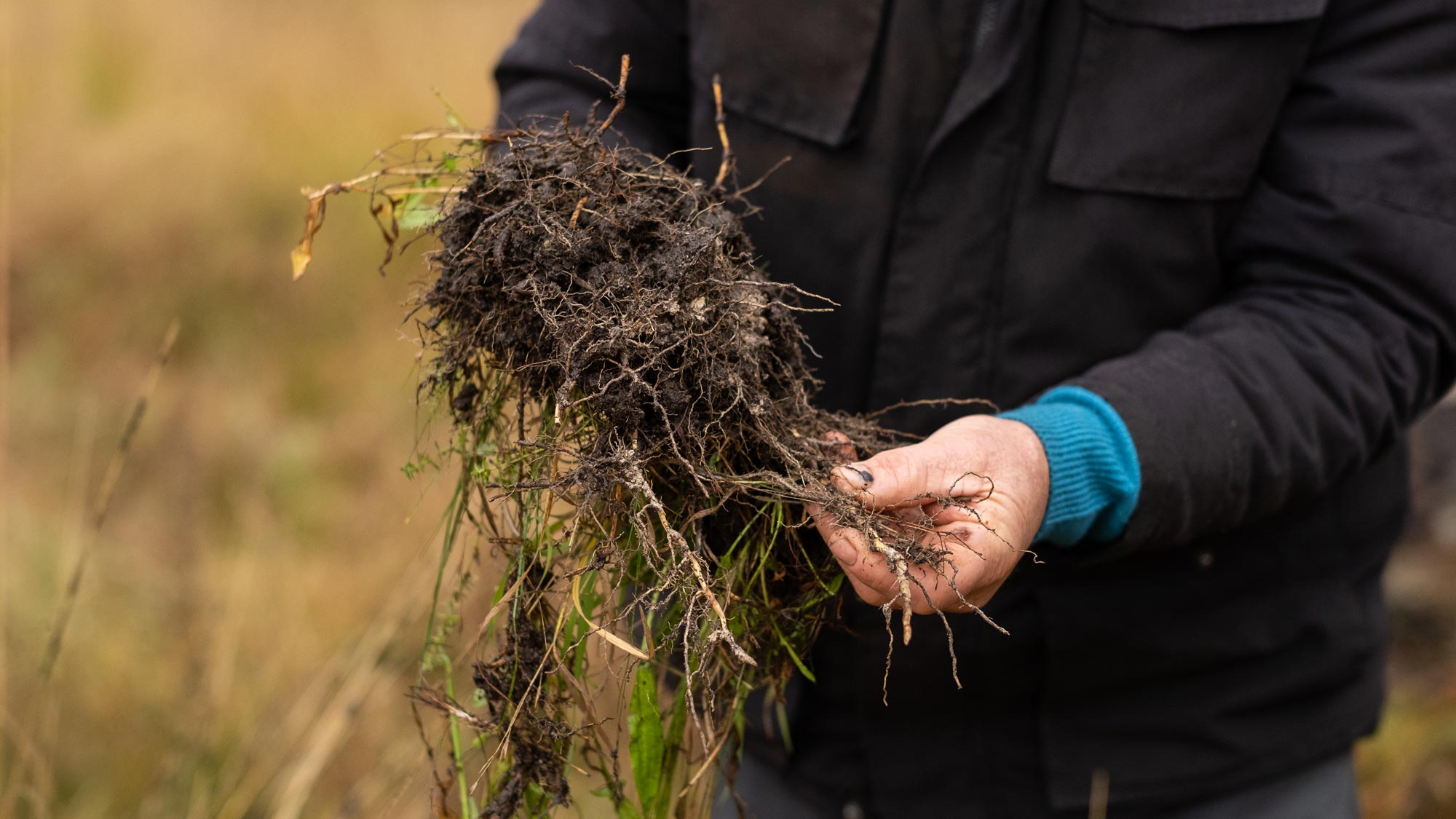Tool 7.4 Guidelines for fertiliser application
Guidelines for the use of phosphorus
Capital applications
Capital applications of fertiliser are aimed at lifting soil nutrient levels to target levels based on optimising growth and persistence of a particular pasture species. They involve making one or more applications over and above the level required for replenishing nutrients lost through export off the farm in products.
Expenditure on capital applications must be regarded as an investment of financial capital. To get a positive return on capital invested, the increased pasture grown must be converted into increased animal product/ha and profit. The speed at which nutrients are built up will depend on cash flow/access to capital and how quickly stock numbers can be increased (purchased or bred) to utilise additional pasture. The extra capital required to invest in stock is often much larger than that invested in fertiliser.
The higher the marginal return per unit increase in turn-off or stocking rate, the higher the return from capital applications. Average returns from capital applications of P fertiliser, for producers involved with the Grasslands Productivity Project, were $1.89 for every $1.00 invested in fertiliser and stock (see table 7.1 in chapter 7.1).
The amount of P needed to increase soil P by one unit varies with soil type. Heavier textured soils (clays) usually require more P than lighter, sandier soils. Depending on the soil’s Phosphorus Buffering Index (PBI), it may take 5–15 kg P/ha to increase Olsen P by 1 unit, or 2–4 kg P to shift Colwell P by 1 unit.
Maintenance applications
Maintenance applications of fertiliser are aimed at replacing the amounts of nutrients exported off the farm in produce (meat, wool, grain, hay, silage) or tied up in the soil. Maintenance applications are designed to maintain the target soil levels for each nutrient and maintain the current level of productivity. Maintenance applications usually involve P and S but may involve K in hay or silage paddocks. Maintenance rates of P are based on the PBI of the soil. For example:
- Apply 0.8 kg P/DSE when PBI is low (0–100)
- Apply 1.0 kg P/DSE when PBI is moderate (100–300)
- Apply 1.2 kg P/DSE when PBI is high (>300).
Guidelines for the use of nitrogen (N)
Nitrogen fertiliser can be used to increase pasture growth rates and fill feed gaps in autumn and winter. It can also be used to boost spring growth for silage or hay production.
Pastures respond best to N where:
- there is a high proportion of introduced annual or perennial grasses (60% grass content).
- the other macro and trace elements are adequate.
- soil conditions are warm (above 8–10°C) and moist.
Do not fertilise pastures dominant in nitrophilic (nitrogen loving) weeds, e.g., nettles, goosefoot, marshmallow and capeweed.
Pasture growth responses to N can range from 15 kg DM/ha for every 1 kg N applied in autumn, down to 5 kg DM/ha for every 1 kg N in winter. During the growing season, N usually works out to be cheaper than filling feed gaps with grain, hay or silage. For example:
- Barley at $240/t equates to 27c/kg DM or 2.2 c/MJ ME*
- N fertiliser at $558/t spread, with a response of 10 kg DM/ha per kg N, equates to 12.0 c/kg DM or 1 c/MJ ME*.
*Megajoules of metabolisable energy
The economics of N application are dependent on the relative price of supplementary feed to N fertiliser, the ME levels in the feed and pasture and the predicted response of the pasture to fertiliser.
Fertiliser principles
Prioritise applications on the basis of where you will get the best response. Newly sown pastures that have low levels of soil fertility are a high priority. Persistence of the sown species is essential to ensure pasture establishment is a profitable exercise. Introduced species of grasses and legumes have a higher requirement for phosphorus than native grasses so fertilising these paddocks will give a better response.
While native grass pastures containing some legume will respond to some fertiliser, many native species will decline under competition from legumes, annual grasses or broadleaf weeds when phosphorus levels are raised. For native grass pastures in high conservation areas, do not apply fertiliser or legume seed.
For more information check out the AWI and AgVic fact sheet Managing phosphorus in native pastures.
Correct all nutrient deficiencies where economic responses are indicated. If P, S and K are all identified to be below critical levels, then a fertiliser blend containing all three nutrients should be applied. Correcting only one nutrient will limit the response in pasture growth as one of the others will still be limiting growth.
Apply fertiliser when the pasture is most actively growing to get the best response. For example, autumn for annual or sub clover/perennial grass pastures, or split autumn and spring applications for highly productive perennial pastures (e.g. white clover/perennial ryegrass) or spring for summer-active perennial pastures (e.g. lucerne).
Do not apply P to waterlogged soils or at the coldest time of the year as most of it will be rapidly converted into a form that is not available to plants.
Avoid applying fertiliser near waterways, waterlogged soils, and on steep slopes to reduce nutrient contamination of streams. Do not apply fertilisers when storm events are likely to increase risk of nutrient run-off. Applying fertiliser in low ground cover situations should also be avoided.
Avoid environmental impacts from nutrient loss
A separate consideration to pasture response is pinpointing areas on your farm where nutrients leak or runoff, posing a significant threat to the environment and costing you money.
From this information, you can choose to either reduce nutrient inputs, or stem nutrient losses by applying one or more of the key decisions, critical actions and benchmarks in this module, and MMFS Module 6 Healthy Soils.






